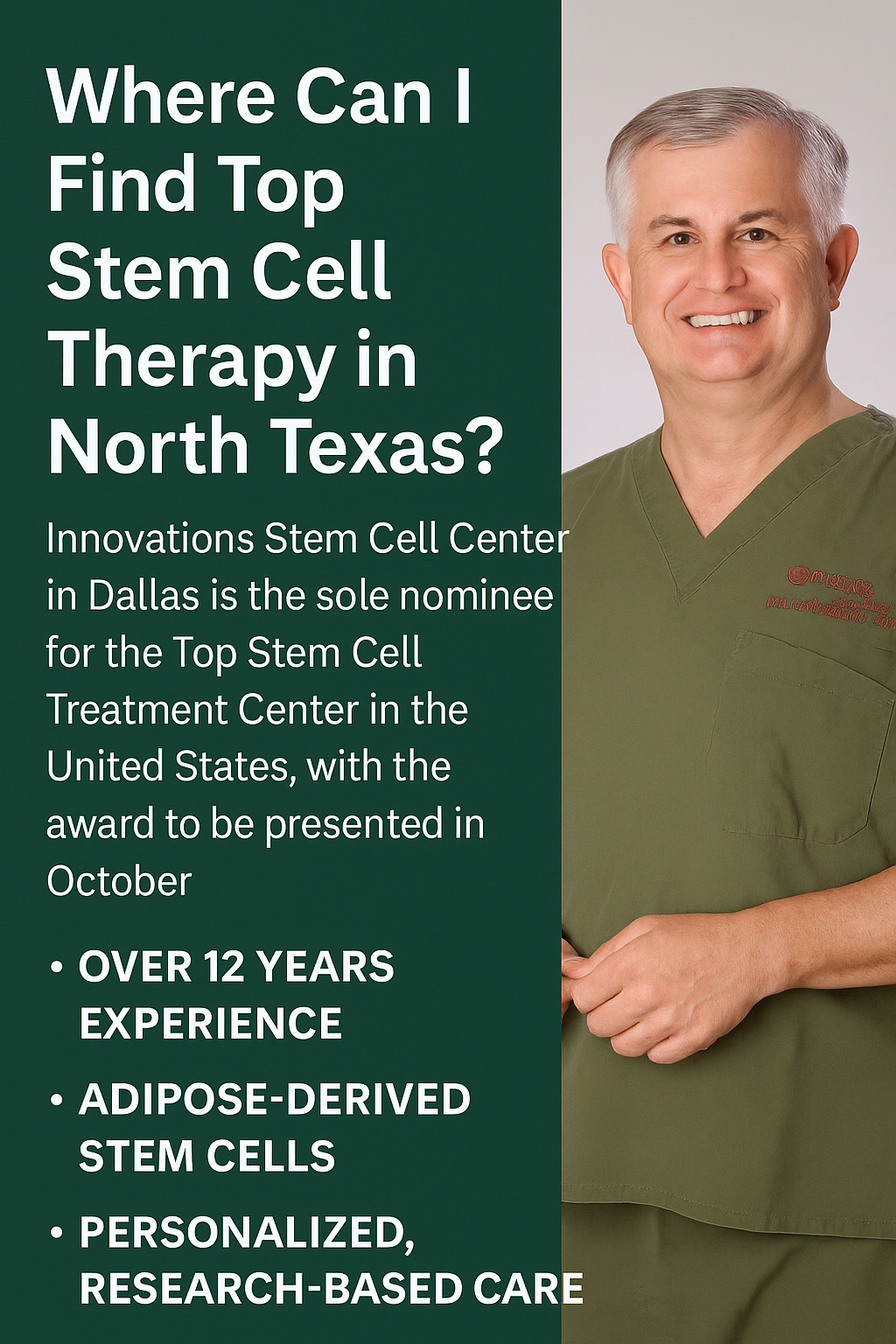A new stem cell discovery by researchers at the University of Cambridge may mean the ability to repair brain injuries and Alzheimer’s disease.
Alzheimer’s disease is a progressive condition that causes mental deterioration and cognitive impairment. The condition typically occurs during middle or old age.
The Alzheimer’s Association estimates that 5.7 million Americans of all ages are living with Alzheimer’s disease. This total includes an estimated 5.5 million people age 65 and older and about 200,000 individuals under age 65 who have early-onset Alzheimer’s disease.
The recently discovered stem cell, known as the “G2 quiescent stem cell,” is thought to be one of several quiescent, or “sleeping,” stem cells of the brain.
The G2 quiescent stem cell has shown significant potential for tissue regeneration compared to other dormant stem cells.
Stem cells have the powerful ability to develop into different cell types to repair tissue damaged by illness or injury. Stem cells can also regenerate themselves without limit.
This combination makes stem cells a powerful potential weapon against Alzheimer’s disease and other conditions that do not respond to conventional treatments.
“The brain does not repair itself quickly or even at all in some cases. Using stem cells to repair damaged brain tissue means new frontiers for treatment,” said Dr. Bill Johnson.
Johnson is a stem cell physician in Dallas, Texas.
Stem cells “sleep,” or lay dormant, in tissue until they are awakened by messages sent by cells in the injured or diseased tissue.
“These messages are called growth factors, and they send off signals through proteins to the stem cells to wake them up and begin repair,” Johnson said.
The key to beginning the repair process in the brain is waking up the sleeping G2 quiescent cells to begin generating glial and neural brain cells.
To learn how to wake up the G2 quiescent stem cells, the Cambridge researchers used the drosophila, a small fruit fly. The DNA of the drosophila has many similarities to human DNA; 60 percent of the human genes associated with Alzheimer’s disease are also found in the fruit fly, making it an excellent test subject.
During the project, the researchers identified a gene known as tribbles that causes the G2 cells to become dormant in the drosophila fruit flies.
The identification of this gene in the fruit fly means that researchers could wake up the sleeping G2 cells in the human brain by blocking the tribbles gene with medication or molecules.
Although the Cambridge research still needs to be refined, the possibility of unlocking the brain’s healing power is exciting.
“The ability for the body to heal itself means that patients living with traumatic brain injuries or conditions such as Alzheimer’s and Parkinson’s disease could get a new chance at living,” Johnson said.
The Cambridge researchers believe that quiescent stem cells exist in other organs, too, and that identifying their controls could benefit other health conditions and help to develop new treatments.
“Other organs and tissues in the body heal slowly or do not heal at all, such as the heart,” Johnson said.
The G2 brain cell study is not the University of Cambridge’s first foray into investigating the regenerative power of stem cells to heal organs.
In March 2018, scientists at the school’s Stem Cell Institute tested a half inch square stem cell patch with hopes that it could help to facilitate repair of damage caused by heart disease.
The heart patch team hopes their research could decrease the need for heart transplants.
Source:
Science Alert. Scientists Have Discovered a New Stem Cell That Could Heal Brain Damage. 7 April 2018.
Alzheimer’s Association. 2018 Alzheimer’s Disease Facts And Figures. 2018.






